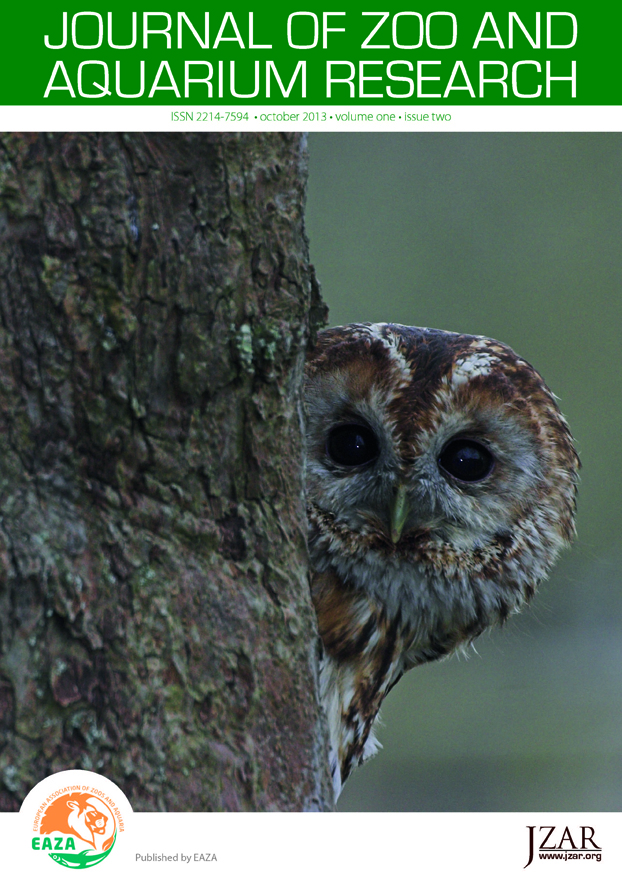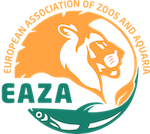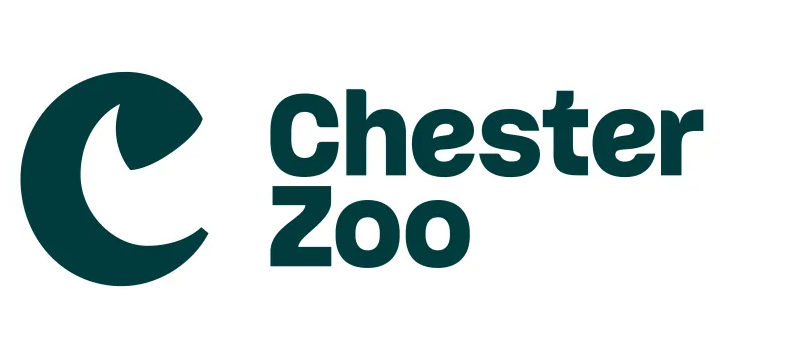Hand-reared common swifts (Apus apus) in a wildlife rehabilitation centre: assessment of growth rates using different diets
DOI:
https://doi.org/10.19227/jzar.v1i2.33Abstract
Common swift (Apus apus) orphans represent an important number of admissions to wildlife rehabilitation centres in Europe. Rehabilitation centres may encounter difficulties in the hand-rearing of large numbers of insectivore chicks if they use commercially available insects, which are usually expensive and nutritionally incomplete. These constraints have created the necessity for alternative diets; however, these may not be optimal for hand-rearing purely insectivorous species. In this study, 116 orphan common swift nestlings were hand-reared during June and July 2008 and 2009 in the Torreferrusa Wildlife Rehabilitation Centre (Catalonia, northern Spain). We assessed growth rates and final fledgling weight under four different diets, comparing the results to those of wild parent-raised common swifts. Clinical condition at admission was the main variable predicted to influence the results. The four diets were (1) rat mince diet, a specific pathogen-free laboratory rat mince; (2) kibble diet, a formula based on a high-protein–low-carbohydrate cat food; (3) cricket diet, based on house crickets (Acheta domesticus) and wax moth larvae (Galleria mellonella); and (4) mealworm diet, based on mealworm larvae (Tenebrio molitor). Reference adult weights of wild animals were obtained from the literature (41.5g ± 2.42 SD). The results showed significant differences in final weights, which were considerably lower for hand-reared animals on the non-insect diets (rat mince diet: 32.8g ± 2.7; kibble diet: 32.5g ± 3.7). The final weights in both insect diet groups were satisfactory, with values close to those observed in the wild (cricket diet: 40.1g ± 4.0; mealworm diet: 40.3g ± 3.1). The results of this research highlight the need to implement changes in diet protocols when using non-insect-based diets.Downloads
Published
How to Cite
Issue
Section
License
JZAR fulfils the DOAJ definition of open access and provides free and open access to the full text of all content without delay under a Creative Commons licence. The copyright holder of JZAR publications grants usage rights to third parties, allowing for immediate free access to the work and permitting any user to read, download, copy, distribute, print, search, or link to the full texts of articles.







